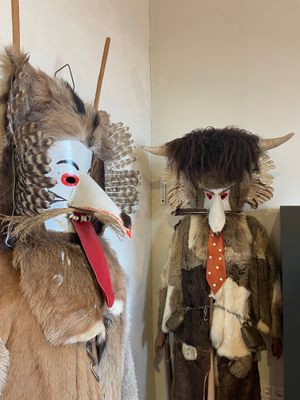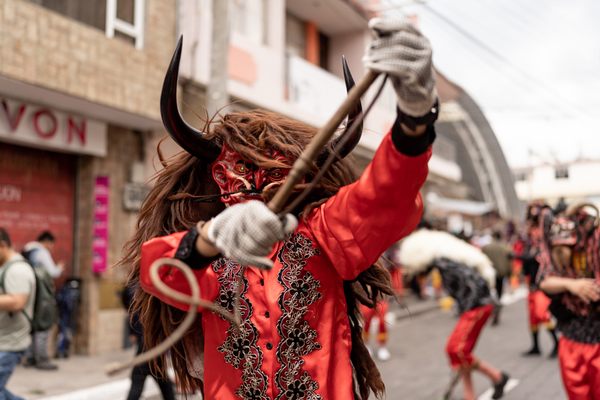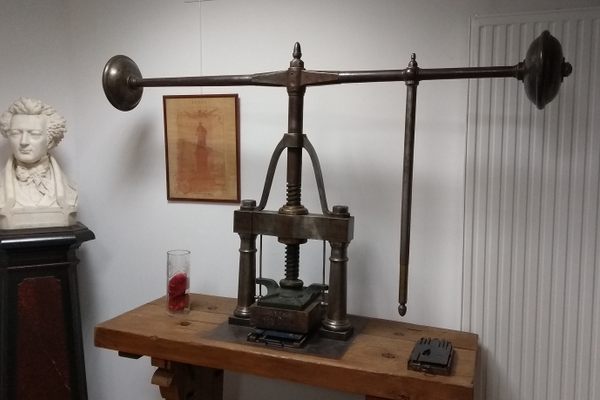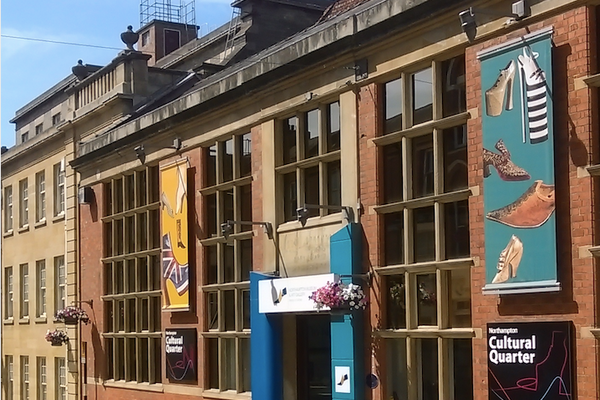About
Each February, just before Shrove Tuesday, the small town of Ptuj plays host to a 10-day folk festival called Kurentovanje. Celebrations culminate in a musical parade of colorful characters such as spearmen, fairies, bears, giant chickens, and women carrying drunk men in baskets (šoštanjski koši). Central to all this is the whirling, dancing figure of the Kurent: a horned, hulking, sheepskin-clad creature with a dark protruding snout and large red tongue.
The first Kurentovanje festival was held in 1960, having been organized to preserve the rich traditions and customs of the Ptuj region. Key to this were the mythical gods, demons, and other creatures from folklore, including the Kurent.
Modern-day tradition holds that the Kurent is a mischievous, almost demonic creature who chases away winter and heralds the beginning of spring. To aid him in this endeavors, he wears a chain belt festooned with bells and wields a club, the ježevka, topped with hedgehog quills.
Look deeper into the past, however, and the Kurent’s role and origins are less clear-cut. Some folk tales describe him as a wine-loving agent of unbridled joy; a Slavic version of Bacchus or Dionysus. Others contend he is a malevolent lunar deity or a promiscuous fertility demon. Evidence even links him to Slavic creation myths involving a cosmic egg and cataclysmic floods, casting him as mankind’s savior (though still with a penchant for wine).
You don't have to attend Kurentovanje to get a taste of the legendary character. Ptuj Castle maintains a collection of Kurentovanje costumes and traditional Shrove masks, providing an intimate look at the Kurent.
Related Tags
Know Before You Go
The Kurent and wider set of Kurentovanje costumes are housed in the Collection of Traditional Carnival Masks, next to the ticket office at Ptuj Castle
Forest to Table in Alpine Slovenia
A Forest-to-Table Gastronomy Adventure in Slovenia.
Book NowPublished
October 31, 2019



















































